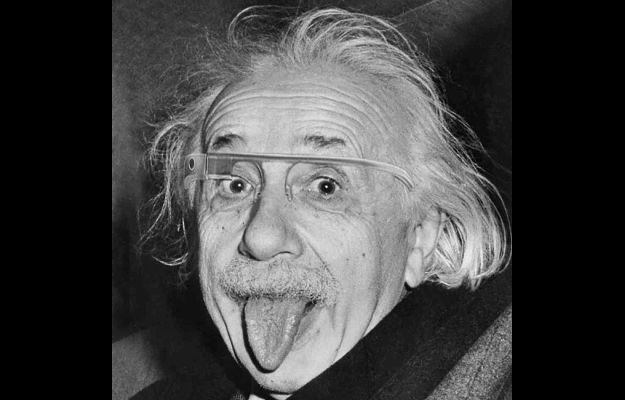Glass will also be equipped with a 5-megapixel camera capable of recording video at 720p resolution. Interestingly, the sound will be transmitted through the bones of the skull, which means that we wont have to use headphones, but the glasses will be ready to transfer the sound as soon as we put them on the head. This is nothing revolutionary - in the same way hearing aids work, a hands-free devices, communication equipment for divers and similar devices.
Glasses will come with 16 GB of memory for data storage, while 12 GB will only really be available to users(the rest belongs to the preinstalled software). Glass will be synced with Google Drive. Pads through which Glass will sit on the nose can be adjusted so as to fit each size of the nose, and the package will come with two additional sizes. All in all, Google says that the glasses will be comfortable to everyone.
As far as battery life, Google says that Glass with typical use can endure an entire day. Charging will take place through the classical micro USB cable. In terms of network connectivity, Glass will offer the ability to connect to 802.11b/g wireless network and will have Bluetooth, through which they will be able to connect with smartphones. Owners of smartphones with Android will also be able to pair with the application MyGlass that will add GPS functionality and support for SMS - of course, only with the mediation of smartphones.
The first examples of Google Glass are currently coming out of the factory and moving into the hands of development teams. To make their job of making the application easier, Google has also released documentation for Mirror API, the interface within which they will write the code.
What do you think? Tell us in our Forum




